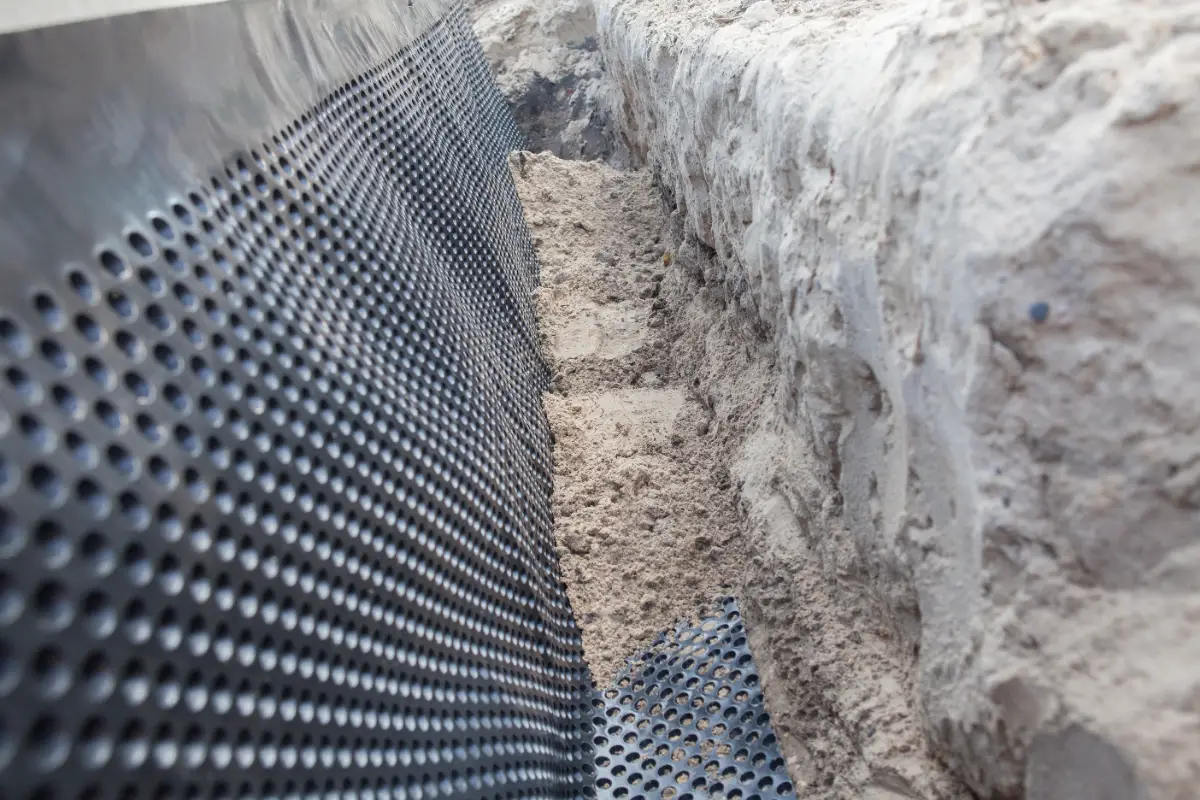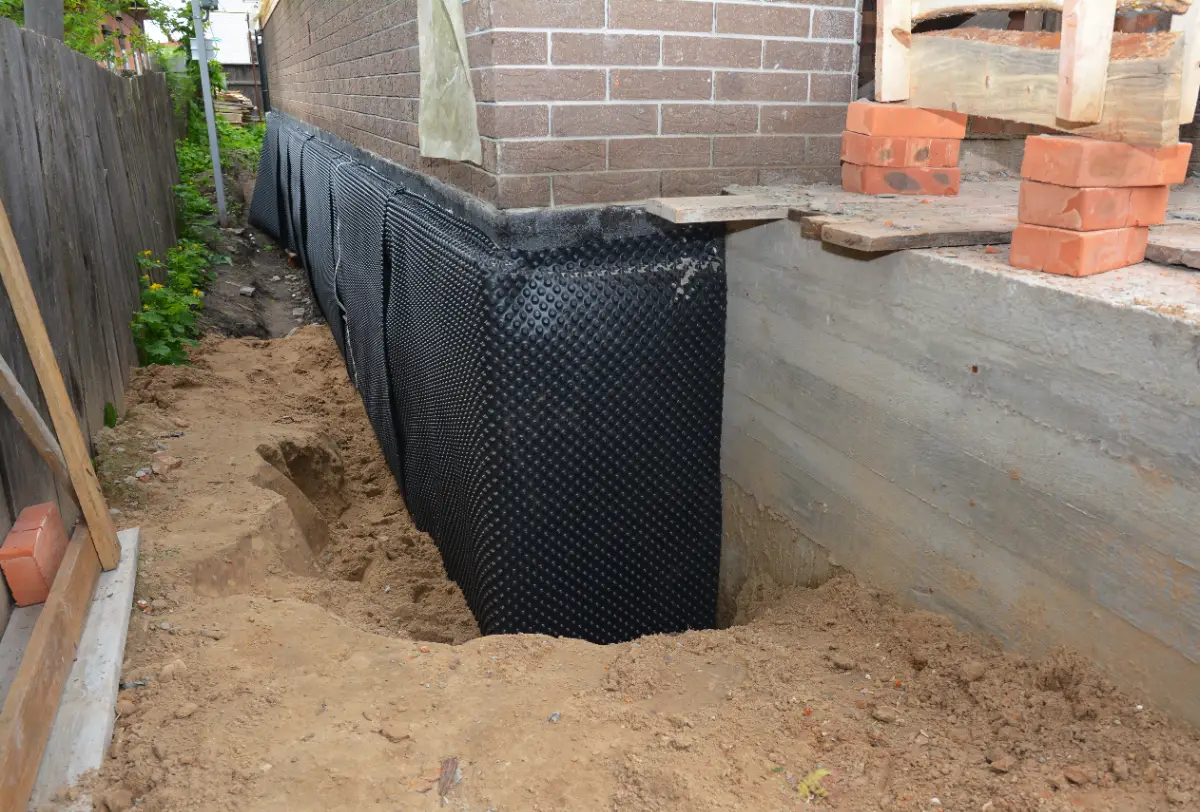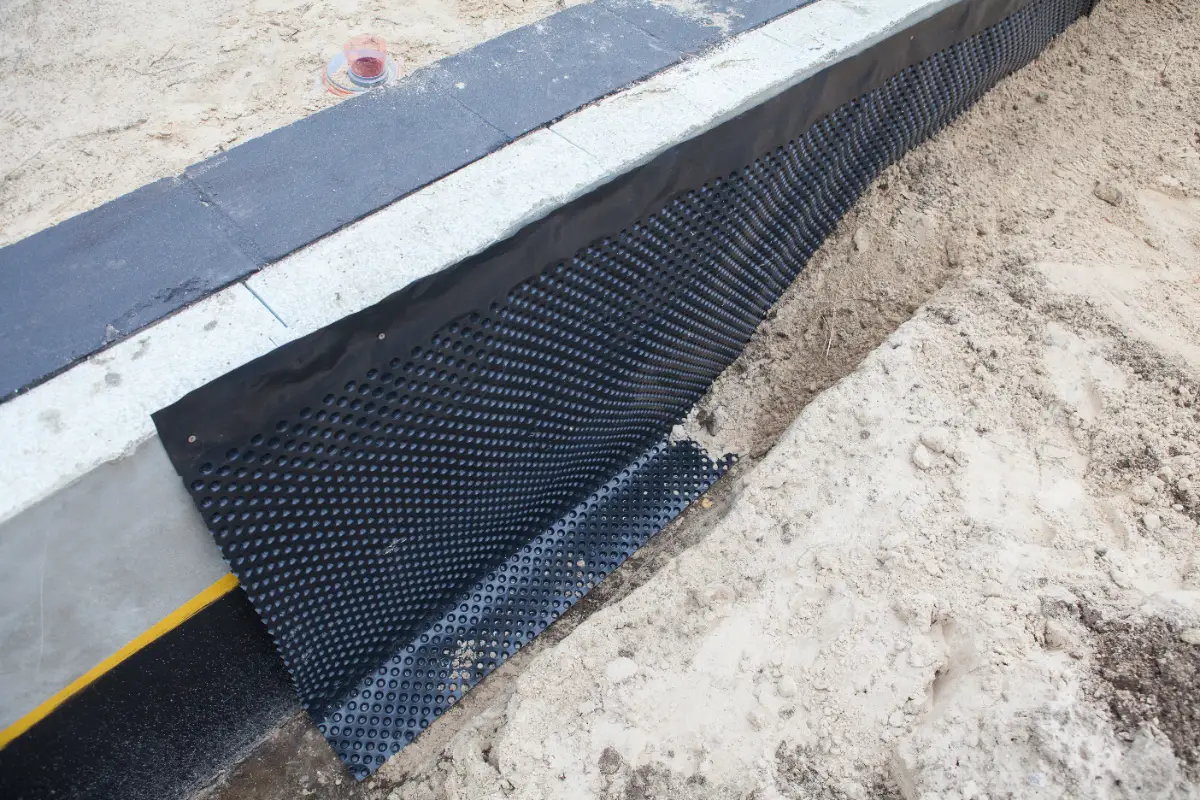Basement Waterproofing in Head of the Harbor, NY
Dry Basements That Stay Dry
Professional waterproofing solutions that eliminate water problems permanently, protecting your home’s foundation and your peace of mind.

Hear About Us

Professional Waterproofing Services Head of the Harbor
Your basement becomes usable space again. No more moving boxes every time rain’s in the forecast. No more that musty smell that follows you upstairs.
You can store what matters without worrying about water damage. Your foundation stays protected from the freeze-thaw cycles that crack and weaken concrete over time. The air quality throughout your home improves when moisture isn’t breeding mold in your basement.
Most importantly, you stop thinking about your basement water problem. It’s handled. Permanently. You get back to using your space instead of managing a recurring headache that only gets worse with time.
Basement Waterproofing Company Head of the Harbor NY
Diamond Masonry & Waterproofing LLC specializes in basement waterproofing throughout Head of the Harbor and the surrounding Long Island area. We understand how coastal moisture, seasonal storms, and Long Island’s unique soil conditions create water problems in local basements.
Our approach combines masonry expertise with proven waterproofing techniques. We’ve seen every type of foundation common in this area and know which solutions actually work long-term versus which ones fail after a few seasons.
We focus on getting it right the first time because dealing with the same water problem twice isn’t fair to you or your budget.

Basement Waterproofing Process Head of the Harbor
We start with a thorough inspection to identify exactly where water enters and why. This isn’t guesswork. We need to understand your specific situation before recommending solutions.
Next, we determine whether you need interior waterproofing, exterior waterproofing, or both. Interior systems manage water that’s already getting in. Exterior waterproofing stops water before it reaches your foundation walls. Many situations require a combination approach.
The actual waterproofing work depends on your specific needs. This might include applying basement wall sealer, installing drainage systems, or addressing foundation cracks. We use professional-grade materials designed for Long Island’s climate conditions.
Throughout the process, we explain what we’re doing and why. You’ll understand exactly how the solution works and what to expect long-term.

Ready to get started?
Explore More Services
About Diamond Masonry & Waterproofing
Get a Free Consultation
Waterproofing Services Head of the Harbor NY
Our basement waterproofing services include both interior and exterior approaches. Interior basement waterproofing focuses on managing water that penetrates your foundation, while exterior basement waterproofing prevents water from reaching your foundation walls in the first place.
We handle foundation crack repair, basement wall sealing, and moisture control systems. Each situation gets evaluated individually because cookie-cutter approaches don’t work with the variety of foundation types and soil conditions we see in Head of the Harbor.
Our basement sealing process uses commercial-grade materials that hold up to Long Island’s weather patterns. We’re not applying temporary fixes that fail when you need them most. The goal is waterproofing that works year after year, through heavy spring rains and winter freeze-thaw cycles.

What's the difference between interior and exterior basement waterproofing?
How long does basement waterproofing last in Long Island's climate?
Can you waterproof basements with stone or older concrete foundations?
What causes basement water problems to get worse over time?
How do you handle waterproofing during Long Island's wet seasons?
Should I try DIY basement waterproofing products first?
Local Resources
- Google Map Link
- Find the Head of the Harbor, NY USPS
- Locate Nearby Head of the Harbor, NY Pharmacies
- View the Current Weather in Head of the Harbor, NY
- Head of the Harbor, NY is located in Suffolk county in New York State